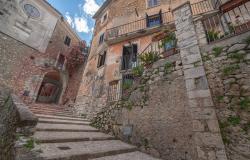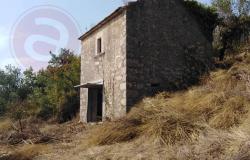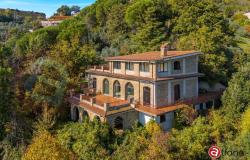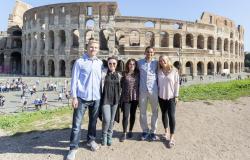The Italian capital is joining the country's Futurism frenzy, with a host of events celebrating 100 years since the launch of Italy's most famous modern art movement.
Nearly 50 separate events have been lined up for coming months, including exhibitions, plays, conferences and installations, all grouped under the name 'Futuroma'.
Speaking at the presentation of Futuroma, Rome Culture Councillor Umberto Croppi discussed the city's vision of the movement.
''This is not just about commemorating the birth of Futurism it is also about spotlighting its continuing vitality,'' he said.
''It is a wonderful opportunity to draw attention to a movement that was not just artistic but which embraced many different forms of cultural output''.
The initiative will kick off on February 20, 100 years to the day since French daily Le Figaro published the movement's founding manifesto by Filippo Tommaso Emilio Marinetti.
'Notte Futurista' (Futurist Night) will see the opening of several exhibitions celebrating the movement, which will stay open until the early hours of the morning.
Palazzo Ruspoli will unveil a sound and light installation by British artist and musician Brian Eno, while Italian designer Giancarlo Cauteruccio is behind a plan to 'link' the city's two largest squares with a light show illuminating the night sky.
The centrepiece of the capital's planned exhibitions will be a large-scale exhibition at the Quirinale, opening in Rome after a hugely successful run in Paris last year.
The show, which later moves on to London's Tate, invites visitors to re-evaluate the impact the movement had on modern art, concentrating on its origins.
''We have tried to focus on the so-called 'first wave' of Futurism, from its launch in 1909 until 1915, both directly and comparatively,'' explained art historian Ester Coen.
The exhibit not only features Futurism's leading lights - Giacomo Balla, Gino Severini, Umberto Boccioni, Carlo Carra', Luigi Russolo and Mario Sironi - but also most of its minor stars such as Fortunato Depero and Enrico Prampolini.
In addition, it will compare Futurist works with those of Europe's other avant-garde movements of the time, such as Cubism and Vorticism.
'Futurismo Manifesto 100x100' at Rome's Macro museum will explore the many manifestos at the intellectual heart of the movement, through a combination of original, early 20th-century works and short films made for the exhibit.
Marinetti's founding manifesto expressed the Futurists' key ideas - a love of technology, industry and speed, and a loathing of the past.
The movement's rampant colours and violent energy extolled the merits of a new, technologically advanced age.
Art historians have long recognised the part played by Futurism in shaking up the sleepy turn-of-the-century art world, according them an honoured place between the Impressionists and the Cubists.










